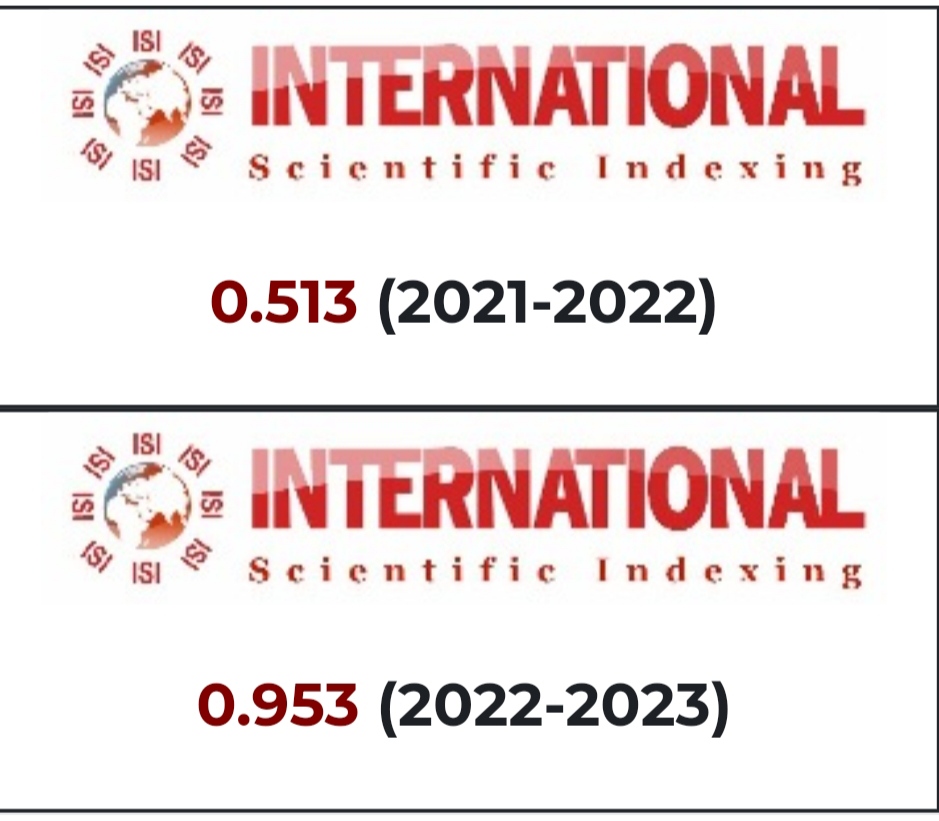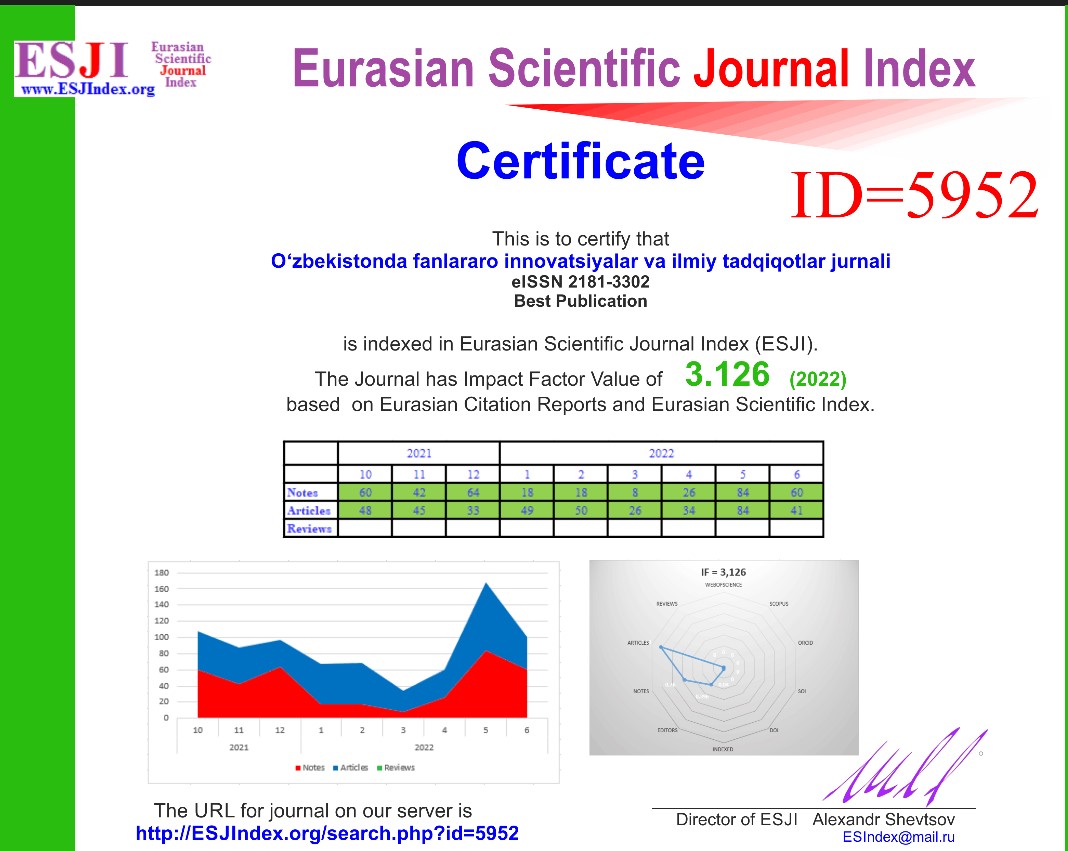EFFECTIVE PRONOUNICIATION TEACHING IN ENGLISH LANGUAGE
Ключевые слова:
pronouniciation, ESL, EFL, technologies, English language, effective teaching, communicationАннотация
Any language's communication requires proper pronunciation, which is why learning a foreign language is so important. However, due to its complexity and the variety of factors that affect it, teaching pronunciation has always been a difficult challenge for ESL and EFL instructors. Based on studies done on the subject, this article seeks to offer some guidelines for teaching pronunciation in ESL and EFL courses. Additionally, the issues of teachability and non-teachability and the importance of pronunciation in communication are covered.
Библиографические ссылки
Abduraxmanova, Z., & Mamurova, M. (2021). THEORETICAL APPROACH TO SPEECH DISFLUENCIES IN SIMULTANEOUS INTERPRETATION. In МОЛОДОЙ ИССЛЕДОВАТЕЛЬ: ВЫЗОВЫ И ПЕРСПЕКТИВЫ (pp. 43-45).
Абдурахманова, З. (2022). Analysis of pauses and interuptions as elements of linguistic production in simultaneous interpretation. Современные инновационные исследования актуальные проблемы и развитие тенденции: решения и перспективы, 1(1), 533-535.
Basic processes in reading (pp. 318). New York, NY: Harper & Row.Coppieters, R. (1987). Competence differences between native and near-native speakers. Language, 544573.Cruickshank, D., & Applegate, J. (1981). Reflective teaching as a strategy for teacher growth Educational Leadership, 38, 553–554.Crystal, D. (2012).
Bekova, G. N., &Uralova, N. A. (2022). Innovative Teaching Methods in Teaching Foreign Language. Eurasian Journal of Learning and Academic Teaching, 8, 31-36.
Social dynamicsin second language accent (pp145–169). Boston, MA: DeGruyter.Daniels, H. (1995). Psycholinguistic, psycho-affective and procedural factors in the acquisition ofauthentic L2 phonology.
English as a global language (2nd ed.). Cambridge: Cambridge University Press.Cutler, C. (2014). Accentedness, “passing” and crossing. In J. Levis & A. Moyer (Eds.),
J., & Spencer, S. (2000). Phonology and pronunciation in integrated language teaching andteacher education.System, 28(2), 191–215.Burns, A. (2010).
M.Khusanova. Didactic conditions for the formation of discussion competence among students. International Journal of Multidisciplinary Research and Analysis. Volume-04, June-2021. P. 742-743.
ISSN:2643-9875
New York, NY: Routledge.Carey, M. D., Sweeting, A., & Mannell, R. (2015). An L1 point of reference approach to pronunciationmodification: Learner-centered alternatives to ‘listen and repeat’.Journal of Academic Language and Learning, 9(1), A18–A30.Celce-Murcia, M., Brinton, D. M., & Goodwin, J. M. (2010).
Rakhmatullayevna, A. D. (2021). The role and translation of metaphors in poetry. INTERNATIONAL JOURNAL OF DISCOURSE ON INNOVATION, INTEGRATION AND EDUCATION, 2(2), 332-335.
Speak Out!, 15, 3–10.DeKeyser, R., & Larson-Hall, J. (2005). What does the critical period really mean? In J. Kroll &A. De Groot (Eds.),
Teaching pronunciation: A course book andreference guide Cambridge: Cambridge University Press.Chomsky, N. (1972). Phonology and reading. In H. Levin (Ed.),
Teshaboyeva, N. Z., & Niyatova, M. N. (2021). The importance of a word and word formation in a language system. JournalNX-A Multidisiplinary Peer Reviewed Journal, 7(12), 337-341.











